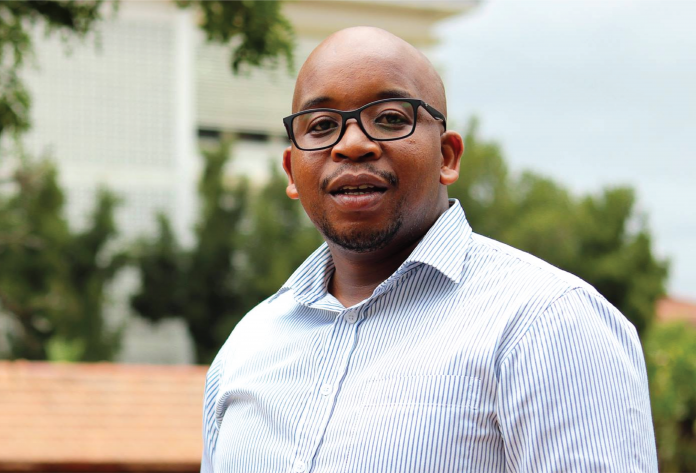The sounds of discontent have been brewing in neighboring Swaziland for years now. The youth of that country has been at the center of the uprising, demanding multi-party democratic rule instead of the absolute monarchy in charge of the country.
The protests started peacefully in Africa’s last absolute monarchy in the Manzini region on June 20 when young people took to the streets in a push for the right to democratically elect the prime minister, currently appointed by King Mswati III. They have, however, since turned violent.
Apart from the demand for the sweeping reforms, youth in that country are hoping that their lives will be better, that government will hear their cries and guarantee their future and prosperity. The fight for the economic inclusion of the youth is a perpetual one in any country.
In South Africa and Eastern Cape, in particular, the revolution to empower young men and women is progressing at a snail pace. We find women and children faced with gender-based violence, inequality, joblessness, and famine.
Young men and women in Zambia fiercely engaged in a revolution against economic exclusion, and they won. Zimbabwean youth is still fighting for inclusion so is every other young person in the SADC region. It is a fight against socio-economic deprivation that leads to stagnation and loss of hope. The silence of young people in other SADC countries does not mean that they are satisfied with the direction their countries are taking.
The triple challenges of unemployment, inequality, and poverty remain a social crisis facing young people. The lack of opportunities undermines their aspirations, so are expensive data costs to access opportunities and lack of skills development facilities.
South African youth is not unique to the challenges faced by other young people in other countries. The delay in implementing policies and plans to support and develop young people would irritate and provoke young people of any country at any time.
The current 46.3% of unemployment in South Africa is a social problem that needs urgent attention. According to Business Tech approximately 1.3 million people aged 15-24 sit without work in South Africa for at least three months, while the vast majority of these people, over 1 million, are stuck without work for a minimum of 12 months.
The online newspaper stated that this is exacerbated by low levels of education, where the most significant proportion of unemployed youth are those with a matric or without any formal qualifications at all (1.23 million), and these South Africans are the least likely to find any formal employment over a longer period.
Data published by Statistics South Africa at the start of June shows that the official unemployment rate among youth (15-34 years) was 46.3% in Q1 2021. This data shows that of the 7.2 million unemployed persons in the first quarter of 2021, more than 52.4% had education levels below matric, followed by those with matric at 37.7%. Only 2.1% of unemployed persons were graduates, while 7.5% had other tertiary qualifications as their highest level of education.
While launching the Presidential Youth Employment Intervention, President Ramaphosa said this intervention was built “on the understanding that to address the youth unemployment crisis requires innovative thinking and strong partnerships across society. Its ultimate objective is to find models that work, whether in skills development or active labor market policies and to scale these models rapidly to reach as many young people as possible. Most importantly, it recognizes that young people must be at the center of any effort to boost youth employment. Young people are our greatest asset and our greatest weapon in this fight”.
Is this intervention adequate considering that most affected youth live in rural areas with no network to apply for these intervention programs?
The country is faced with a high number of job losses due to the current pandemic.
The economic recovery plan proposed by the government seems to have little or no effect on reducing the youth unemployment rate at a fast pace. This is a ticking time bomb for South Africa.
In the past, we have seen graduates protesting against employment entry requirements of at least five years of experience as that excludes them by default. The State promised to remove experience as a requirement to entry-level jobs, yet when jobs are advertised, experience is still required. Remember that the number of graduates increases every graduation season.
Imagine a South Africa where all the unemployed graduates and youth were to revolt against the current regime. The monetary loss quantified in all the commissions of inquiry resulting from corruption and looting leads us to conclude that the country has money to lose but not to use constructively to create opportunities for us.
The mismanagement of funds in South Africa is on its own crippling the economy. If all the looted monies were channeled into the industrialization of South Africa for purposes of creating jobs, unemployment would be negligible.
The State needs to develop a proper consolidated plan with rigid time frames to rescue the current unemployment crisis.
Solomzi Tshona is a social activist and writer. He is a member of the South Africa Youth Council, Friedrich Ebert Stiftung Network and the founder of Thuba-Lethu Develoment Forum (NPO), he writes in his personal capacity




